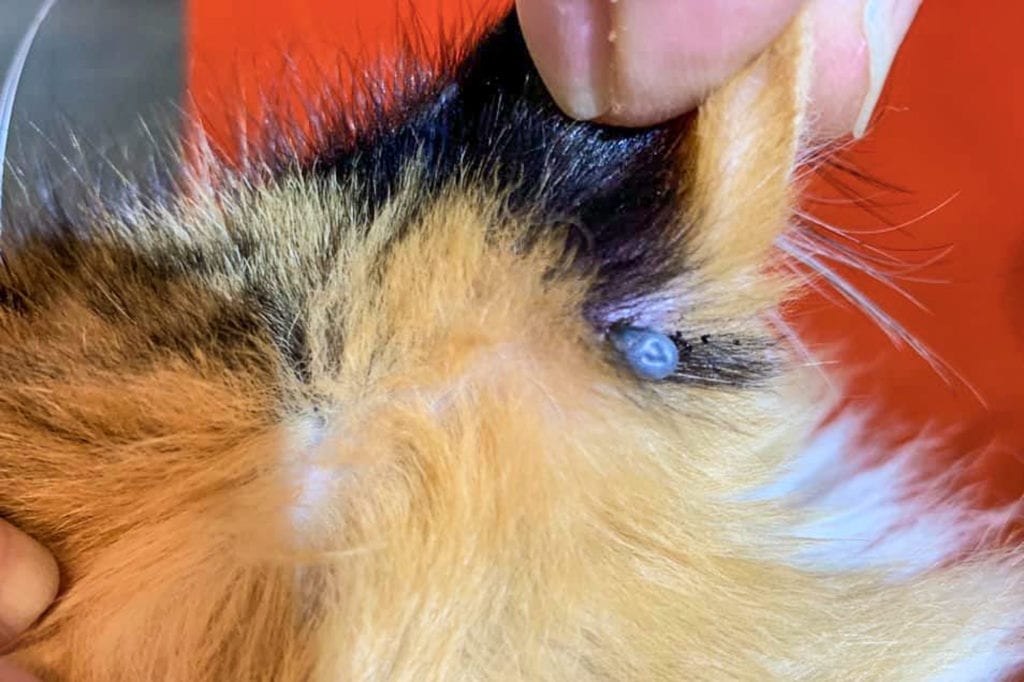
Increasing numbers of ticks are appearing in regional Alaska, veterinarians report.
Previously uncommon ticks may be establishing populations around Alaska, said veterinarian Dr. Ken Hill. Hill has encountered an increasing number of ticks around Petersburg and Juneau, he said.
“Ticks are beginning to be an issue clear across the country,” Hill said. “People who like the outdoors, and who hunt and fish don’t want to see those kinds of things come to Alaska.”
Ticks are small arachnids that feed on blood and can transmit diseases. Alaska is home to six native tick varieties. However, Alaska’s native ticks pose relatively little threat to human health. There have been no recorded cases of Rocky Mountain spotted fever or Lyme disease infection in Alaska, according to an Alaska Department of Health and Social Services article. The tickborne, ulcer-causing disease tularemia occurs only sporadically throughout Alaska.
Previously, cold winters have helped to moderate tick populations. However, some hazardous tick species may spread further north as the climate warms, according to a University of New Hampshire study. One such species is the moose tick, which has depopulated moose across New England. As moose can’t remove these ticks, it’s possible for a single moose to become infested with tens of thousands of ticks at once, causing anemia and hair loss. Although moose ticks are not yet present in Alaska, warmer winters may allow them to establish populations further north, according to the study.
That said, finding a tick on one’s dog or cat shouldn’t be reason for panic, said Charlotte Westing, Alaska Department of Fish and Game Prince William Sound area wildlife biologist. The department regularly receives photos of squirrels carrying native squirrel ticks, submitted by alarmed residents, she said.
Cordova residents who find ticks on themselves or on their pets should send the ticks in for laboratory analysis, Hill said. A removed tick should be placed into a small, clean plastic or metal container, such as a pill bottle, according to Department of Environmental Conservation guidelines. Multiple ticks removed from the same person or animal can be placed into one container, whereas ticks collected from multiple people or animals should be placed in separate containers. Instructions for sending ticks to the Office of the State Veterinarian can be found online at dec.alaska.gov/eh/vet/ticks/submit-a-tick.





